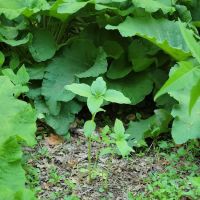Isham Park Monarch Waystation and Pollinator Garden Introduce
New York City, with its bustling energy and iconic skyscrapers, often surprises residents and visitors alike with its pockets of serene green spaces. Among these hidden gems is the Isham Park Monarch Waystation and Pollinator Garden, a vibrant testament to urban conservation nestled in the northern reaches of Manhattan. More than just a pretty patch of flowers, this garden serves a crucial ecological purpose, providing vital habitat for monarch butterflies and other essential pollinators. For New Yorkers seeking a connection with nature without leaving the five boroughs, this local treasure offers an opportunity to learn, observe, and appreciate the delicate balance of our urban ecosystem.
The Isham Park Monarch Waystation and Pollinator Garden is part of the larger Isham Park, a historical landmark with roots tracing back to the early 20th century. The park itself was initiated in May 1911 through a series of generous land donations from the Isham family, who sought to preserve open space for the public good in a rapidly developing northern Manhattan. What began as a private estate transformed into a cherished public park, offering dramatic vistas of both the Harlem and Hudson Rivers. Over the decades, Isham Park has evolved, and the creation of the Monarch Waystation and Pollinator Garden reflects a modern commitment to biodiversity and environmental education within this historic setting. It's a place where the rich history of Inwood meets contemporary ecological efforts, providing a unique and enriching experience for all who visit.
This particular garden is a dedicated "Monarch Waystation," a certified habitat that provides the necessary resources for monarch butterflies to produce successive generations and sustain their incredible migration. It's a living classroom where you can witness the life cycle of these magnificent creatures firsthand, from caterpillar to chrysalis to adult butterfly. The garden's thoughtful design and plant selection also support a wide array of other pollinators, including various bee species and other butterflies, all of whom play a critical role in our environment. Visiting the Isham Park Monarch Waystation and Pollinator Garden is an enriching experience that highlights the importance of urban green spaces in supporting wildlife and promoting environmental awareness.
For those traveling by public transportation, the garden is easily reachable. The A train to the Inwood-207th Street station is a primary option, placing you within a short walk of Isham Park. Additionally, several MTA bus routes serve the Inwood area, providing convenient connections from various parts of the city. For example, the M100 and Bx7 bus lines have stops relatively close to the park entrance.
If you're driving, street parking can be found in the surrounding residential streets, though it's always advisable to check local parking regulations. The garden's location within Isham Park means that it benefits from the park's existing infrastructure, making it a pleasant and straightforward destination to find and enjoy. Its elevated position within the park also offers some lovely views, adding to the appeal of your visit. Whether you're coming from downtown Manhattan or a neighboring borough, getting to this natural haven is a relatively simple journey, making it a perfect spot for a spontaneous outdoor excursion.
- Monarch Butterfly Habitat and Conservation: The core "service" of this garden is its role as a certified Monarch Waystation. It provides essential milkweed plants (the sole food source for monarch caterpillars) and nectar plants (for adult butterflies), supporting their entire life cycle and crucial migratory journey. This directly contributes to the conservation of a species facing habitat loss.
- Pollinator Support: Beyond monarchs, the diverse array of native plants in the garden attracts and sustains a variety of other local pollinators, including bees, other butterfly species, and beneficial insects. This supports local biodiversity and the overall health of urban ecosystems.
- Environmental Education: The garden serves as an informal educational resource for visitors of all ages. Through interpretive signage (where available) and the visible presence of thriving plant and insect life, it offers a hands-on learning experience about pollination, native plants, and the importance of conservation. It's a living classroom for understanding ecological principles.
- Community Engagement and Volunteer Opportunities: While not a formal service, these types of gardens often thrive on community involvement. Local groups, schools, and individuals may participate in planting, weeding, and maintenance efforts, fostering a sense of shared responsibility and environmental stewardship within the Inwood neighborhood.
- Passive Recreation and Nature Observation: The garden provides a tranquil space within Isham Park for residents to relax, observe nature, and enjoy the beauty of native flora and fauna. It's an ideal spot for birdwatching, photography, or simply taking a peaceful stroll amidst blooming plants.
- Diverse Native Plantings: The garden is home to a carefully curated selection of native plants, chosen specifically for their ability to support local ecosystems. This includes various species of milkweed, crucial for monarch butterfly reproduction, as well as a rich assortment of nectar-rich flowers that attract a wide range of pollinators throughout the growing season. The focus on native species ensures that the garden provides the most beneficial resources for local wildlife.
- Certified Monarch Waystation: A significant highlight is its official certification as a Monarch Waystation. This designation signifies that the garden meets specific criteria for providing essential resources for monarch butterflies, making it a recognized part of a larger North American network dedicated to monarch conservation. Visitors can see the direct impact of these efforts on a threatened species.
- Educational Opportunities: The garden acts as an open-air classroom. While specific programming may vary, the very presence of a thriving pollinator habitat offers invaluable lessons on plant-insect interactions, the importance of biodiversity, and sustainable gardening practices. It's a place where children and adults can learn about the interconnectedness of nature.
- Seasonal Beauty: The garden offers changing beauty throughout the seasons. From the emergence of fresh greenery in spring to the vibrant blooms of summer and the seed heads that provide food for birds in the fall, there's always something new to observe. The presence of butterflies and other insects also varies with the seasons, offering dynamic viewing experiences.
- Tranquil Urban Escape: Tucked within Isham Park, the pollinator garden provides a peaceful retreat from the city's hustle and bustle. Its natural beauty and the gentle hum of pollinating insects create a calming atmosphere, making it an ideal spot for quiet contemplation, reading, or simply enjoying a moment of natural serenity.
- Contribution to Urban Biodiversity: By supporting monarchs and other pollinators, the garden plays a vital role in enhancing urban biodiversity. It demonstrates how even relatively small green spaces can significantly contribute to ecological health within a dense urban environment, serving as a model for other community greening initiatives.
However, the "special offers" it provides are more in the realm of community and educational benefits:
- Free Public Access: The most significant "offer" is that the garden is entirely free to visit and enjoy, accessible to all New Yorkers and visitors. This makes it a fantastic, budget-friendly option for connecting with nature in the city.
- Educational Workshops and Volunteer Days: While not always regularly scheduled or publicly advertised as "promotions," local community groups and the NYC Parks Department may occasionally host free educational workshops, planting events, or volunteer days at the garden. These offer unique opportunities for hands-on learning about native plants, pollinator conservation, and gardening, and can be a fantastic way to engage with the local community and contribute to the garden's upkeep. Information about such events would typically be found through local Inwood community boards, NYC Parks event listings, or social media groups dedicated to Isham Park.
- A Living Classroom: The garden itself is a continuous "special offer" of learning. It provides an ongoing, free opportunity to observe the life cycles of monarch butterflies and other pollinators, understand the importance of native plants, and witness urban conservation in action.
To stay informed about any community events or volunteer opportunities related to the Isham Park Monarch Waystation and Pollinator Garden, it's recommended to check the NYC Parks website for events in Isham Park or connect with local Inwood community organizations and environmental groups.
For those interested in visiting or learning more about the Isham Park Monarch Waystation and Pollinator Garden, here is the relevant contact information:
Address: Isham St between Seaman Ave. and, Cooper St, New York, NY 10034, USA
As a public garden within Isham Park, directly contacting the "garden" itself isn't typically possible. However, for general inquiries regarding Isham Park and its amenities, you can reach out to the NYC Parks Department. While they do not have a specific direct phone number for the pollinator garden, their main contact information can be used for broader park-related questions:
NYC Parks General Information: You can find general information about NYC Parks and specific park features, including Isham Park, on their official website. They also typically provide a general inquiry phone number or an online contact form for public questions.
For information regarding specific events, volunteer opportunities, or educational programs related to the Isham Park Monarch Waystation and Pollinator Garden, it is often beneficial to look for announcements from local Inwood community groups, environmental organizations active in the area, or Friends of Isham Park type organizations, if they exist. These local entities are often the primary drivers of activities within the garden.
Firstly, it serves as an easily accessible natural sanctuary. In a city where green space is at a premium, having a dedicated pollinator garden within a historic park like Isham Park means locals don't have to travel far to experience the calming and restorative effects of nature. It's a perfect spot for a quick escape, a quiet moment of reflection, or simply enjoying the outdoors. For parents and educators, it offers a hands-on, living classroom right in their neighborhood, providing unparalleled opportunities to teach children about biodiversity, the environment, and the fascinating life cycle of monarch butterflies. Seeing caterpillars munching on milkweed or butterflies fluttering from flower to flower brings textbooks to life in a way few other urban settings can.
Beyond education, the garden is a testament to community stewardship and conservation. Its existence highlights the power of local efforts to make a significant ecological impact. By supporting monarch butterflies and other pollinators, it directly contributes to the health of our local ecosystem, which in turn supports the larger environment. This sense of shared responsibility can foster community pride and encourage further engagement in local environmental initiatives. Locals can actively participate in volunteer days, learning valuable gardening skills and contributing to the upkeep of a shared resource. This fosters a stronger sense of community and connection among neighbors who share a passion for nature.
Furthermore, the garden offers a unique form of passive recreation. It's a fantastic place for photography enthusiasts to capture the beauty of urban wildlife, for birdwatchers to spot migratory species attracted by the diverse plantings, or for anyone to simply enjoy a peaceful stroll. The aesthetic beauty of native plants throughout the seasons adds an ever-changing visual appeal to the neighborhood. In essence, the Isham Park Monarch Waystation and Pollinator Garden is suitable for locals because it enriches their lives in multiple ways: it's an educational resource, a conservation success story, a community builder, and a serene natural retreat, all within the vibrant fabric of New York City. It truly is an urban oasis that underscores the importance of green spaces in fostering a healthier, more connected urban community.
Isham Park Monarch Waystation and Pollinator Garden Photos
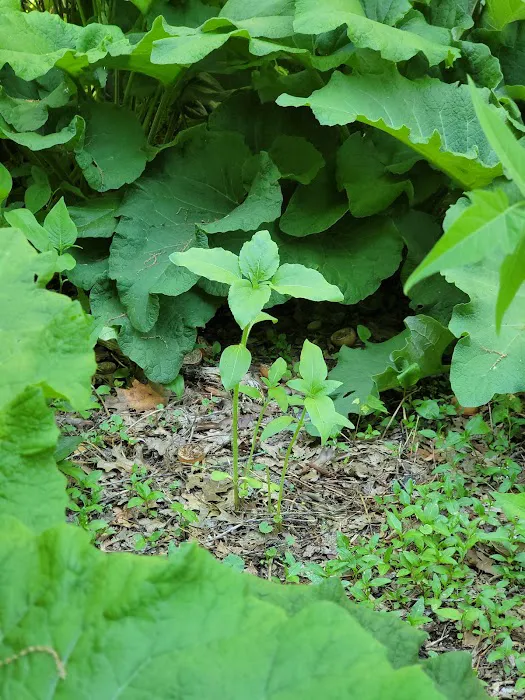
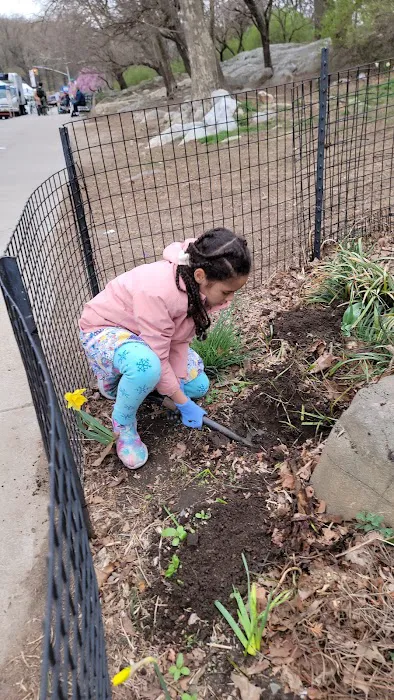
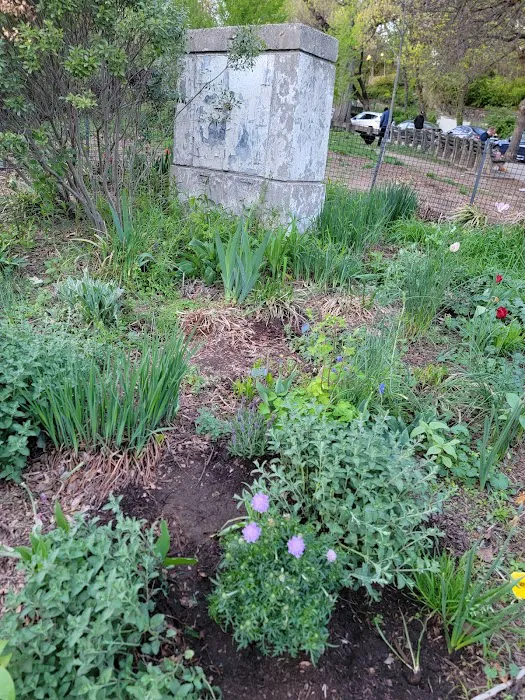
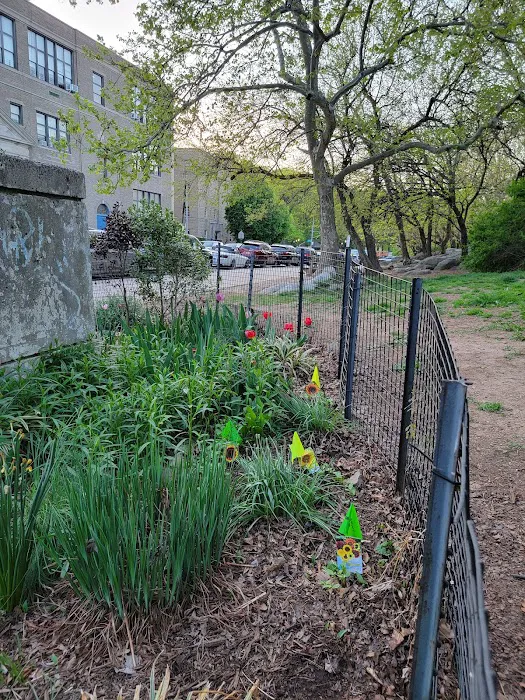
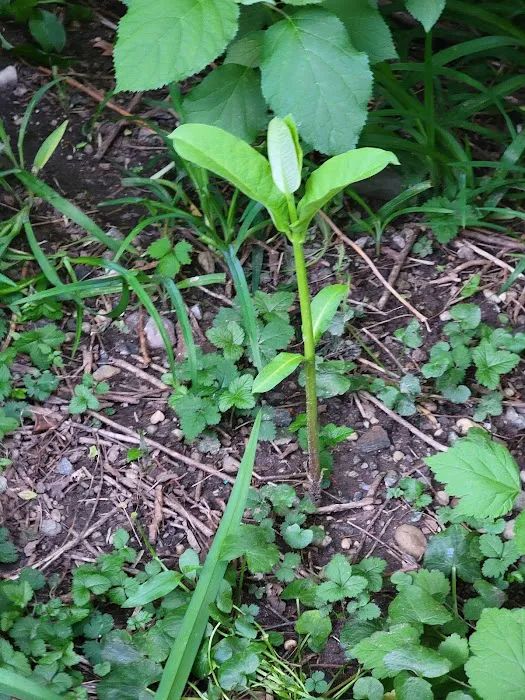
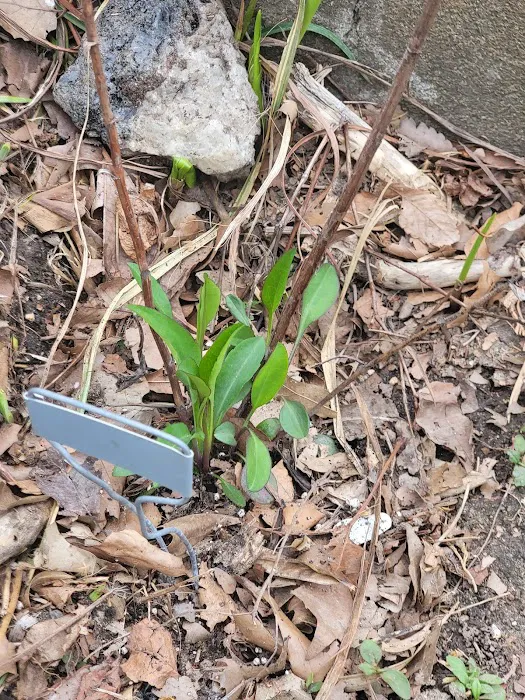
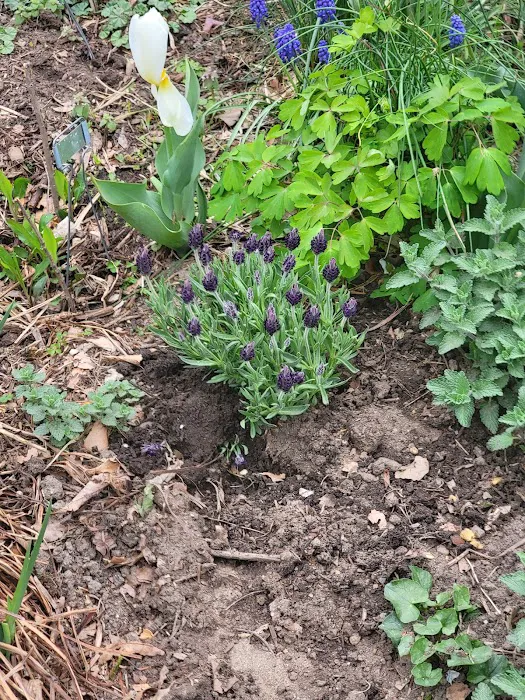

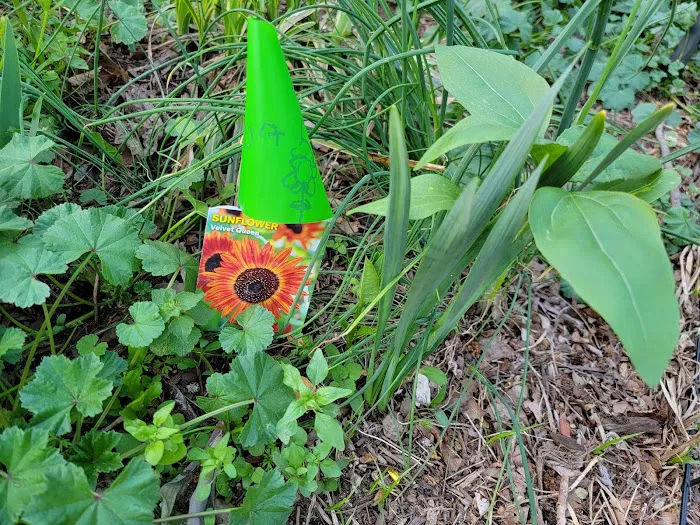
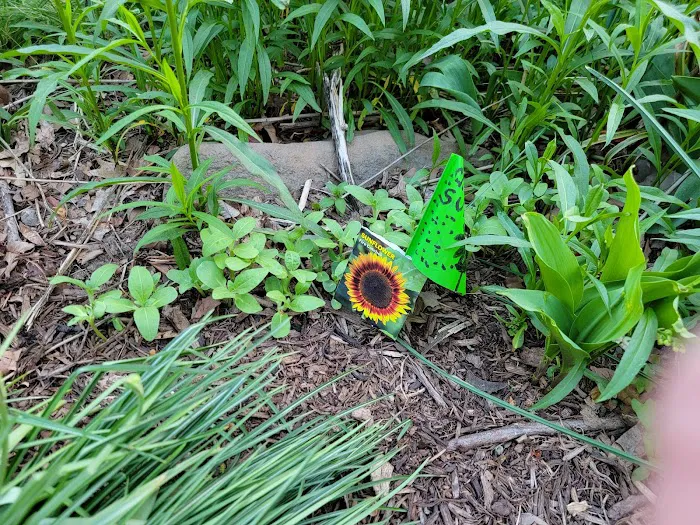
Isham Park Monarch Waystation and Pollinator Garden Location
Isham Park Monarch Waystation and Pollinator Garden
Isham St between Seaman Ave. and, Cooper St, New York, NY 10034, USA
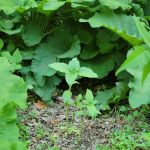 Isham Park Monarch Waystation and Pollinator Garden
Isham Park Monarch Waystation and Pollinator GardenIsham St between Seaman Ave. and
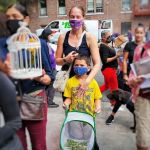 Inwood Butterfly Sanctuary
Inwood Butterfly Sanctuary630 Isham St
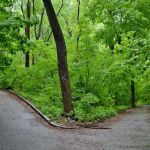 Annual Friends of IHP Earth Day Festival
Annual Friends of IHP Earth Day FestivalIsham St &
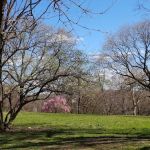 Isham Park
Isham ParkIsham St
 Isham Street
Isham StreetIsham St
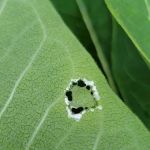 Pollinator Garden and Monarch Waystation
Pollinator Garden and Monarch WaystationSeaman Ave &
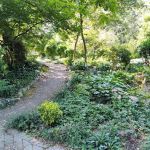 Bruce's Garden
Bruce's Garden11 Park Terrace E
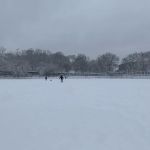 Homer's Run
Homer's RunV3CH+C8
 Inwood field 3
Inwood field 3V3CH+C8 Homer's Run
 Tree of Peace Garden
Tree of Peace Garden2-34 Indian Rd
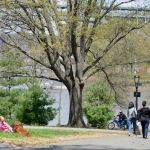 Inwood Hill Park
Inwood Hill ParkPayson Ave. &
 600 W 218th St
600 W 218th St600 W 218th St
 Muscota Marsh
Muscota Marsh575 W 218th St
Isham Park Monarch Waystation and Pollinator Garden Reviews
More Scenic Spot
 Inwood Butterfly Sanctuary4.0 (4 reviews)
Inwood Butterfly Sanctuary4.0 (4 reviews)630 Isham St, New York, NY 10034, USA
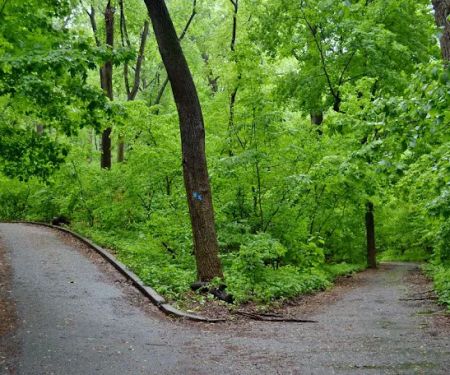 Annual Friends of IHP Earth Day Festival0.0 (0 reviews)
Annual Friends of IHP Earth Day Festival0.0 (0 reviews)Isham St &, Seaman Ave, New York, NY 10034, USA
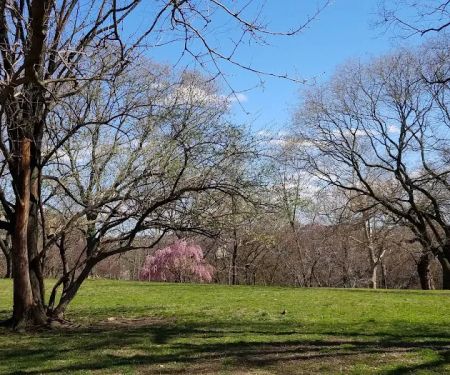 Isham Park4.0 (545 reviews)
Isham Park4.0 (545 reviews)Isham St, New York, NY 10034, USA
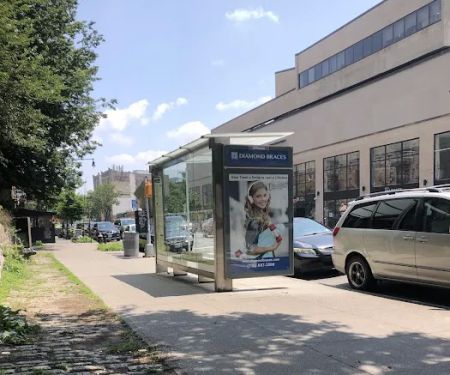 Isham Street0.0 (0 reviews)
Isham Street0.0 (0 reviews)Isham St, New York, NY 10034, USA
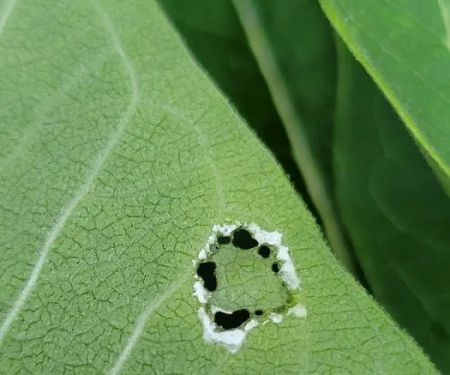 Pollinator Garden and Monarch Waystation5.0 (1 reviews)
Pollinator Garden and Monarch Waystation5.0 (1 reviews)Seaman Ave &, Isham St, New York, NY 10034, USA
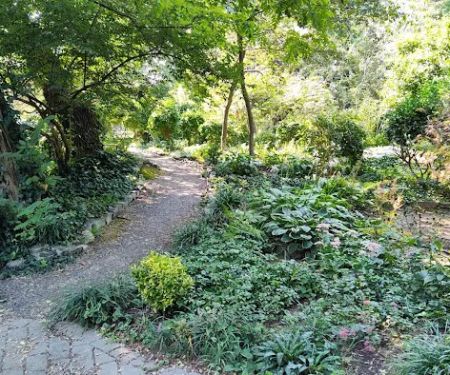 Bruce's Garden4.0 (83 reviews)
Bruce's Garden4.0 (83 reviews)11 Park Terrace E, New York, NY 10034, USA
 Homer's Run4.0 (41 reviews)
Homer's Run4.0 (41 reviews)V3CH+C8, New York, NY 10034, USA
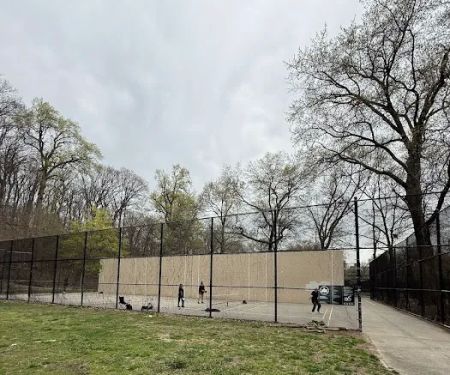 Inwood field 35.0 (1 reviews)
Inwood field 35.0 (1 reviews)V3CH+C8 Homer's Run, New York, NY 10034, USA
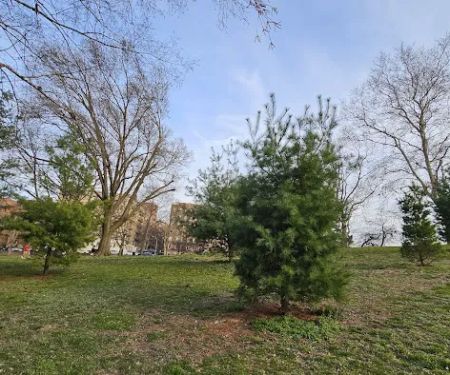 Tree of Peace Garden4.0 (19 reviews)
Tree of Peace Garden4.0 (19 reviews)2-34 Indian Rd, New York, NY 10034, USA
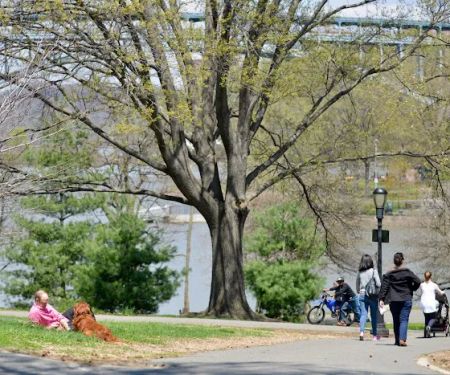 Inwood Hill Park4.0 (3425 reviews)
Inwood Hill Park4.0 (3425 reviews)Payson Ave. &, Seaman Ave, New York, NY 10034, USA
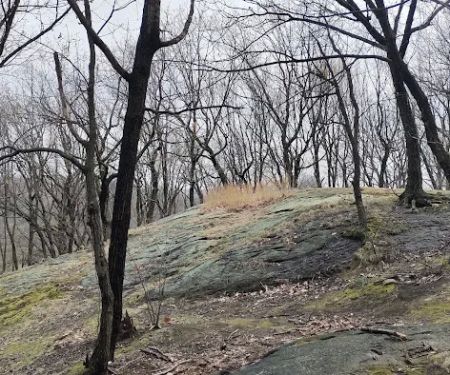 600 W 218th St0.0 (0 reviews)
600 W 218th St0.0 (0 reviews)600 W 218th St, New York, NY 10034, USA
 Muscota Marsh4.0 (89 reviews)
Muscota Marsh4.0 (89 reviews)575 W 218th St, New York, NY 10034, USA
Categories
Popular Camping Sites
 Coney Island Boardwalk Garden4.0 (75 reviews)
Coney Island Boardwalk Garden4.0 (75 reviews) The William Hotel Midtown, Sonder4.0 (555 reviews)
The William Hotel Midtown, Sonder4.0 (555 reviews) Shepard Lake Recreation Area0.0 (0 reviews)
Shepard Lake Recreation Area0.0 (0 reviews) Stairway To Heaven4.0 (185 reviews)
Stairway To Heaven4.0 (185 reviews)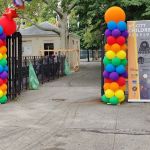 Howard Bennett Playground4.0 (152 reviews)
Howard Bennett Playground4.0 (152 reviews) Isle of Meadows4.0 (10 reviews)
Isle of Meadows4.0 (10 reviews)Must-Read Camping Blog Posts
Most Searched Camping Sites
Trending Camping Blog Posts
 Top Group Travel Destinations in Europe: Best Places for Group Vacations
Top Group Travel Destinations in Europe: Best Places for Group Vacations How to Get Involved in Travel Clans for Social Travel: Explore Group Travel Opportunities
How to Get Involved in Travel Clans for Social Travel: Explore Group Travel Opportunities Best Travel Clans for Sustainable Travel
Best Travel Clans for Sustainable Travel Travel Clans for Solo Travelers Looking for Company: Join Unique Travel Communities
Travel Clans for Solo Travelers Looking for Company: Join Unique Travel Communities Best Group Vacation Destinations for Friends: Ultimate Travel Ideas
Best Group Vacation Destinations for Friends: Ultimate Travel Ideas Best Travel Clans for Women Traveling Together
Best Travel Clans for Women Traveling Together 
